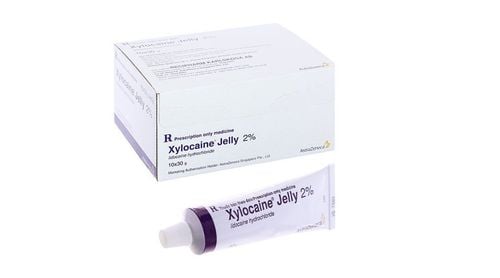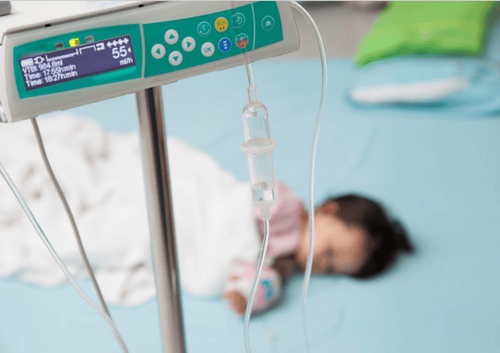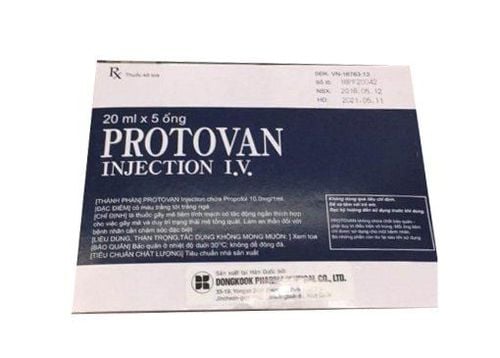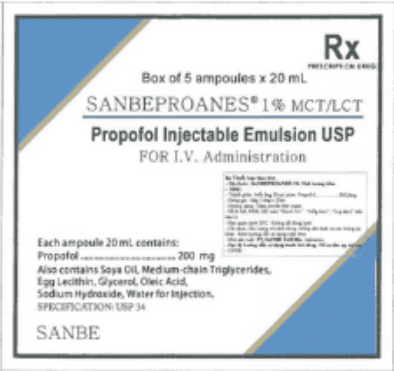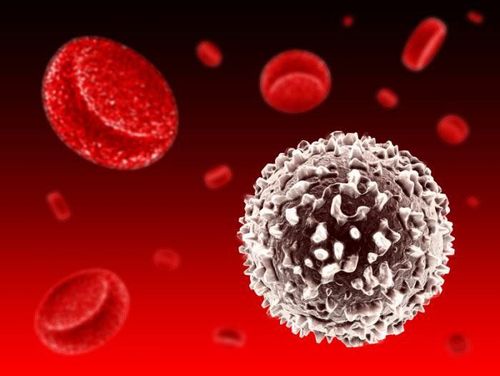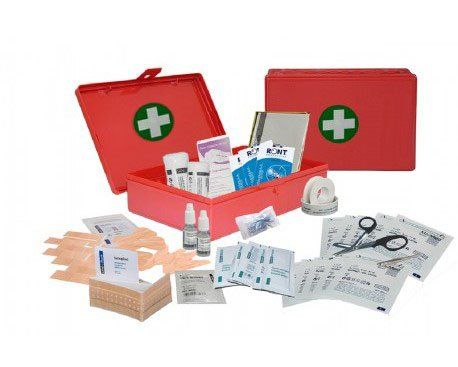This is an automatically translated article.
Nasal intubation is a technique of inserting a catheter into the patient's trachea through the nose with the purpose of ventilation and suction of stagnant phlegm in the respiratory tract. This is a simple technique that is easy to manipulate but extremely important, in case of an emergency, this technique needs to be done quickly and promptly.
1. Indications and contraindications for nasal intubation
1.1. Indications for nasal intubation Early endotracheal intubation is recommended to avoid damage to oxygen-sensitive organs such as the brain and heart. Usually indications for endotracheal intubation are narrower in adults than in children. In addition, endotracheal intubation is indicated in the following cases:
Patients with signs of acute respiratory failure, rapid breathing rate over 40 times per minute or clinical symptoms such as: cyanosis, muscle can sweat a lot, vague consciousness, struggling; There are signs of infection such as: acute bronchitis, acute exacerbation of chronic bronchitis, Guillain-Barre syndrome, tetanus, malignant influenza, encephalitis, acute encephalomyelitis; Patients with acute poisoning due to gardenal sleeping pills, opium, seduxen, aminazin, organophosphate; Patients bitten by venomous snakes have been poisoned; Myasthenia gravis, severe shock, coma; Respiratory obstruction due to acute pulmonary edema, sputum obstruction and asphyxia; Intubation is also used in anesthesia for surgery. 1.2. Contraindication to nasal intubation Patients with the following symptoms and pathologies should not perform nasal intubation:
Patients are suffering from diseases such as: rhinitis, peduncle hypertrophy nose, sinusitis ; Blood clotting disorder or thrombocytopenia; Dengue ; Cerebrospinal fluid through the ethmoid bone; Nose and jaw injury.
2. Preparation for nasal intubation
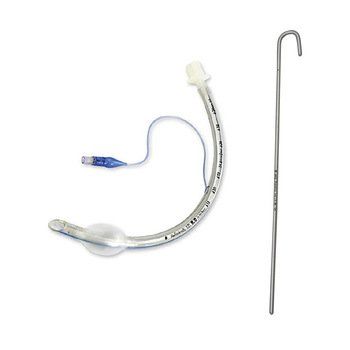
Hình ảnh ống nội khí quản
2.1 Specialist technicians in nasal intubation techniques have a very simple operation, but still need doctors who are specialists in emergency resuscitation, anesthesiology and resuscitation with many times experience. do the trick to make sure there aren't any mistakes.
In addition, a trained first aid specialist is needed.
2.2 Instrumentation endotracheal tube with balloon insert in adults, available in 3 sizes, 6.5mm, 7mm and 7.5mm respectively; Laryngoscope ; Lead barrel; Ball Ambu; Sputum suction machine; Stethoscope, blood pressure monitor; Monitor heart rate (if available); Sp02 (pulse oximeter); Anesthetic; Oxygen 2.3 Patient Before performing nasal intubation, the physician is responsible for explaining the procedure and asking the patient to cooperate. The patient will not be able to speak during the insertion of the tube, this is something the doctor must notify the patient in advance. Then place the patient in the supine position with the neck flexed.
3. Steps for nasotracheal intubation
First, administer intravenous diazepam, midazolam, then apply xylocaine ointment around the catheter or tronothane grease.
Insert the cannula into the patient's nostril, the beveled side of the cannula facing the nasal bridge, and then gently push it at right angles to the face and along the upper ceiling of the bridge of the nose. Whenever you feel a slight push, that's when the catheter has entered the throat. Lift the external tube upward and then push the tube down toward the glottis.
Gently move the position of the tube, in the process pay attention to listen to the patient's breath passing through the tube. At the strongest position, the catheter has reached anterior to the glottis.
Accelerate the tube deeply as the patient begins to inhale. If the tube passes through the glottis, the patient will cough but lose their voice. At the same time, the steam from the patient's lungs is strongly enlarged through the tube, in some cases, even sputum is expelled.
If no gas is seen, put the stethoscope in the epigastrium, squeeze the Ambu balloon, when you hear the murmur, the catheter has entered the stomach. Withdraw the catheter and allow the patient to flex the neck more.
If no gas is seen, no murmur is heard in the epigastrium, the catheter has entered the pleural cavity. Withdraw the catheter, lift the patient's head and push the catheter deep into the position where the steam is strongest. If still no result, proceed to use Magill forceps to pull the tongue out of the mouth, then continue to check with an Ambu balloon to see if air is evenly entering both lungs.
Use a cloth tie around the head to fix the endotracheal tube, one side is around the upper ear, the other side is around the lower ear.
4. Monitoring and handling of complications after performing the technique
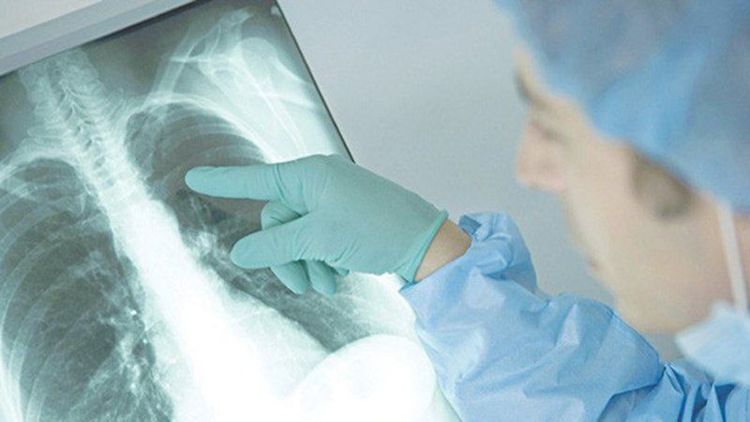
Để theo dõi và xử trí tai biến sau khi thực hiện kỹ thuật bệnh nhân nên kiểm tra chụp X-quang phổi
4.1 Monitoring the patient after nasal intubation Check the chest X-ray, the position of the catheter should be between the two ends of the collarbone. If a collapsed lung is found on one side, withdraw the catheter a few centimeters and listen to the lungs on both sides. Regularly check the position of the catheter, which may be marked with several rings of tape.
4.2 Manage possible nosebleeds: keep the tube in place and then put a few drops of a vasoconstrictor like naphazoline into the nose; Patients with symptoms of sinusitis after 2-3 days, or fever, runny nose, pus, appropriate antibiotics should be used; Bleeding from trauma to the pharynx, glottis, glottis edema, use nebulizer corticosteroids, temporarily remove the balloon when nebulizing, temporarily stop mechanical ventilation while nebulizing, if possible; Pulmonary - bronchial infections: antibiotic use.
5. Caring for patients with nasal intubation
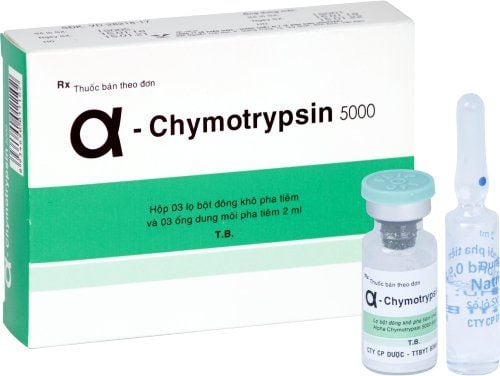
Sủ dụng α-Chymotrypsin để làm loãng đờm ngoài ra và hạn chế nhiễm khuẩn
When awake, immobilize the hand so that the patient does not self-extract; Aspirate blood from the throat and endotracheal tube for monitoring and treatment under the guidance of a specialist; Perform aspiration of sputum every 30 minutes, instill 1ml of sodium bicarbonate 14% into the endotracheal tube or α-Chymotrypsin to dilute sputum, in addition, to limit infection; Wash the sputum straw and then soak it in an antiseptic solution; Monitor pulse, temperature, blood pressure, breathing rate every 1 hour or every 3 hours according to instructions; Assess patient status such as degree of cyanosis or consciousness after intubation; Monitoring to detect complications and complications is the phenomenon of sputum obstruction in the endotracheal tube; Monitor the time of endotracheal intubation, if after 48 hours, the patient's respiratory failure is still there, there is indication for tracheostomy. Intubation through the nose is a simple procedure that is easy to do, but it is also important to pay attention to important things in the process of performing as well as caring for the patient. In case of an emergency, it should be done quickly to avoid accidents due to slow opening of the respiratory connection for the patient.
Vinmec International General Hospital is a prestigious facility with a quality medical team that is highly appreciated by experts, experienced, good technology, good qualifications, dedicated to the profession. The system of modern and advanced equipment helps the process of emergency, diagnosis and treatment of diseases achieve high efficiency.
To register for examination and treatment at Vinmec International General Hospital, you can contact the nationwide Vinmec Health System Hotline, or register online HERE.




